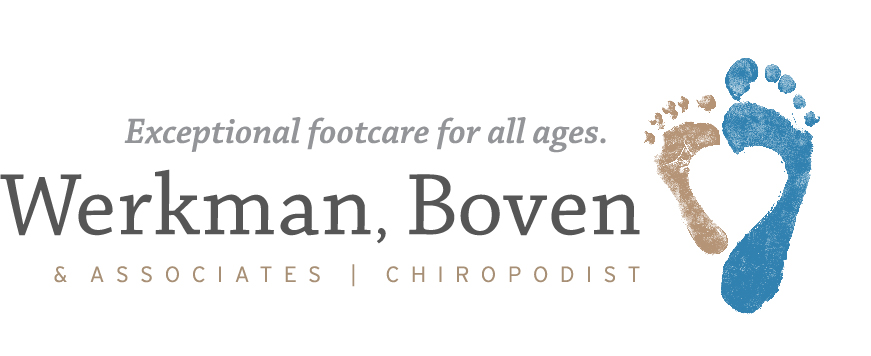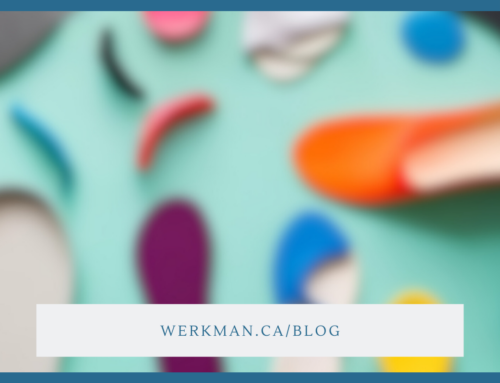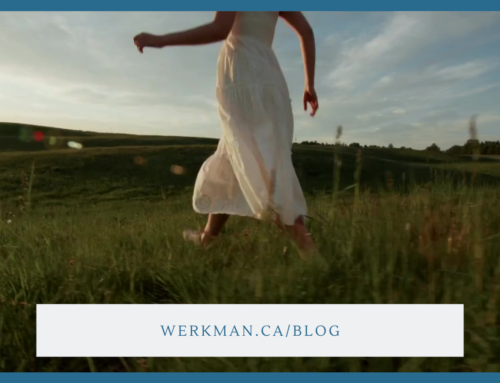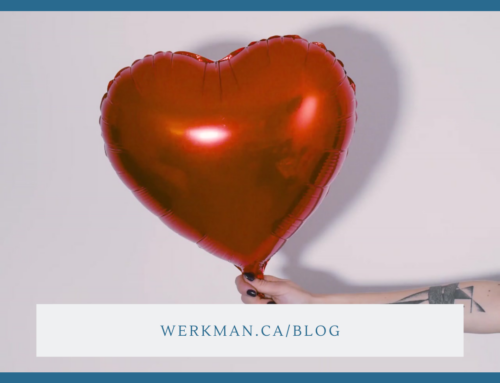Tips for Fall Foot Health
Nothing can ruin a vacation like aching or troublesome feet. Enjoy these 3 tips for great trips!
Tip 1: Treat yourself to a professional pedicure before you go – or pamper yourself by doing it yourself.
- Trim your toenails – straight across.
- Exfoliate dead skin using a scrub or foot file when your feet are dry. Never cut or razor skin your feet.
- Moisturize your feet – but not between your toes.
- If you decide to wear nail polish, remember to take your base, colour, and top coat with you to the salon.
Tip 2: Flying? Take precautions.
- Some passengers experience painful foot and leg swelling while flying. Before you fly, avoid salt, alcohol, and wear compression hosiery. Not only do compression socks and stockings reduce swelling, they make your legs feel great. Get up and move around while you’re onboard. This will increase circulation to your legs and feet and minimize swelling. You can also try flexing, and extending your feet and ankles, so you won’t stiffen up.
Tip 3: Take the right shoes (not the cute shoes)
- The shoes you wear will make a difference in how your back, legs, knees, ankles and feet feel at the end of the day. Avoid buying shoes in the hope you’ll be able to break them in while away. Forget about new shoes and adorable shoes too. Think personal comfort.
- Don’t forget your orthotics!
Be vigilant. Be safe. If you’re starting a new fitness class where “bare is the required wear”, (ie yoga, karate, pilates), protect your feet from warts by (a) wearing light/invisible foot coverings at all times (b) wearing flip flops or sandals in public showers and (c) washing and thoroughly drying your feet.
(Plantar) warts are viral infections that usually develop on the soles of the foot, where they are usually flattened by the pressure of walking and are surrounded by thickened skin. They tend to be hard and flat, with a rough surface and well-defined boundaries. Warts may also appear on the top of the foot or toes where they are usually raised and fleshier. Warts are often flesh tone and have small black dots in the center. Unlike corns and calluses, plantar warts tend to bleed when debrided due to the many tiny blood vessels.

Proper shoe selection and fit will help alleviate pain, pressure and provide optimal comfort, whatever your sport. Shoe tying techniques will help alleviate pressure points. Custom orthotics for sports shoes (or any shoes) will correct foot deficiencies that are causing pain and discomfort not only in the feet, but in the ankles, legs, shins, knees, back and neck. When purchasing shoes for sports or general wear, take note: if you have flat feet, choose a motion-control shoe. If you have high-arched feet, choose a cushioned shoe. Your Chiropodist can help answer all of your questions.
Bothersome Blisters. Shoes that don’t fit properly may cause blisters. Blisters are fluid filled bubbles caused by friction, excessive moisture and/or shoes that are too tight or too loose. Should you prick a blister? Only if it’s larger than 5mm. Using a sterile needle, prick the side of the blister and let it drain. Don’t pull back or remove the loose skin. Cover the area with a bandage. Within 48 hours, most blisters are dry enough to expose them to air.


Not every shoe on the market is a healthy choice. Parents should look for proper toe flexibility, a rigid middle and a stiff heel when purchasing footwear for their children. Other factors that should be considered include, NOT buying shoes that need a “break-in” period. If they are not comfortable immediately, don’t buy them. Never hand down footwear. Just because a shoe fits one child comfortably does not mean it will fit the other the same way. Also sharing shoes can spread fungi like athlete’s foot or nail fungus.
Take note of changes in your children’s feet. It may be necessary to change shoe and sock sizes every few months as feet grow. Be aware that children might not complain about their foot discomfort. Proper foot care is important to the overall health of children.
See your chiropodist or podiatrist at the first sign of foot problems.





